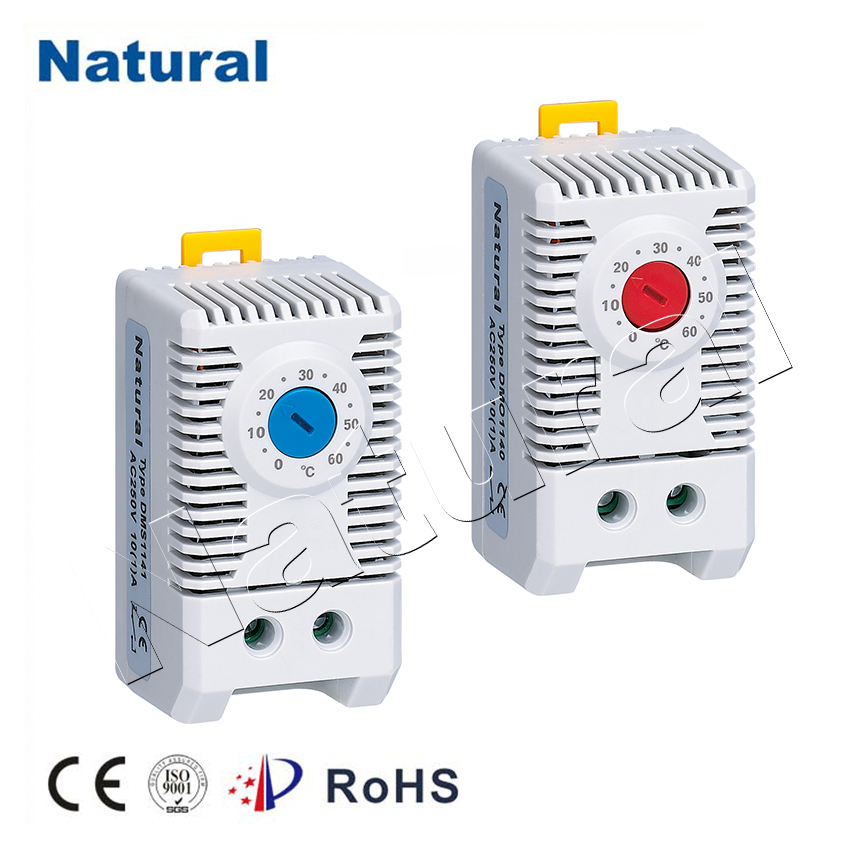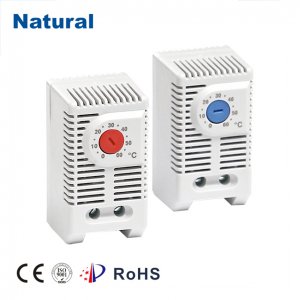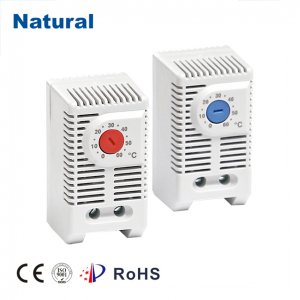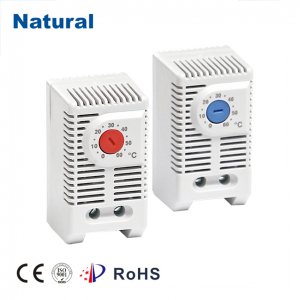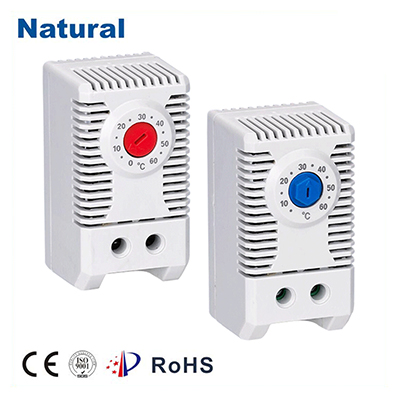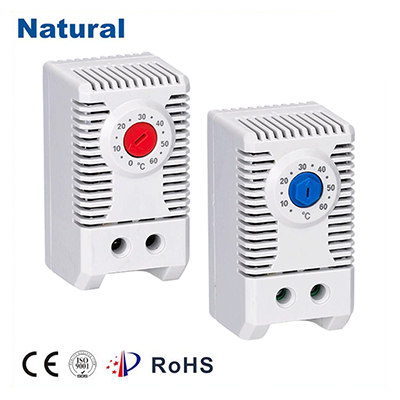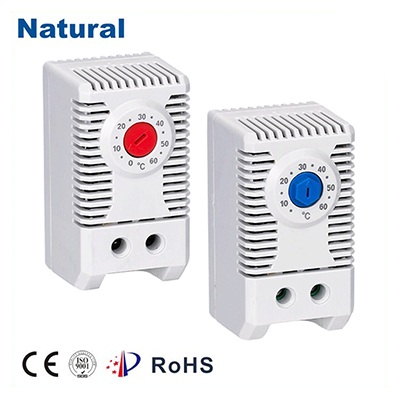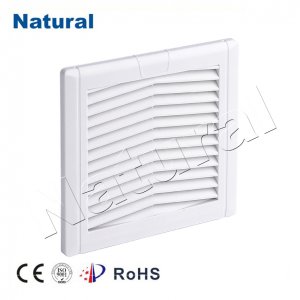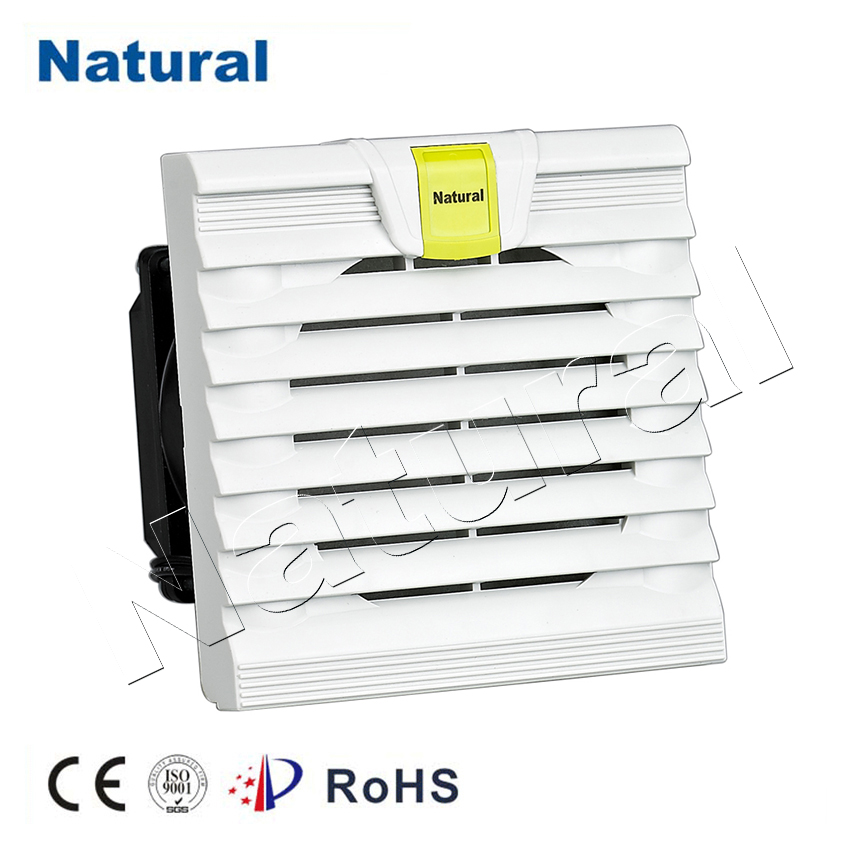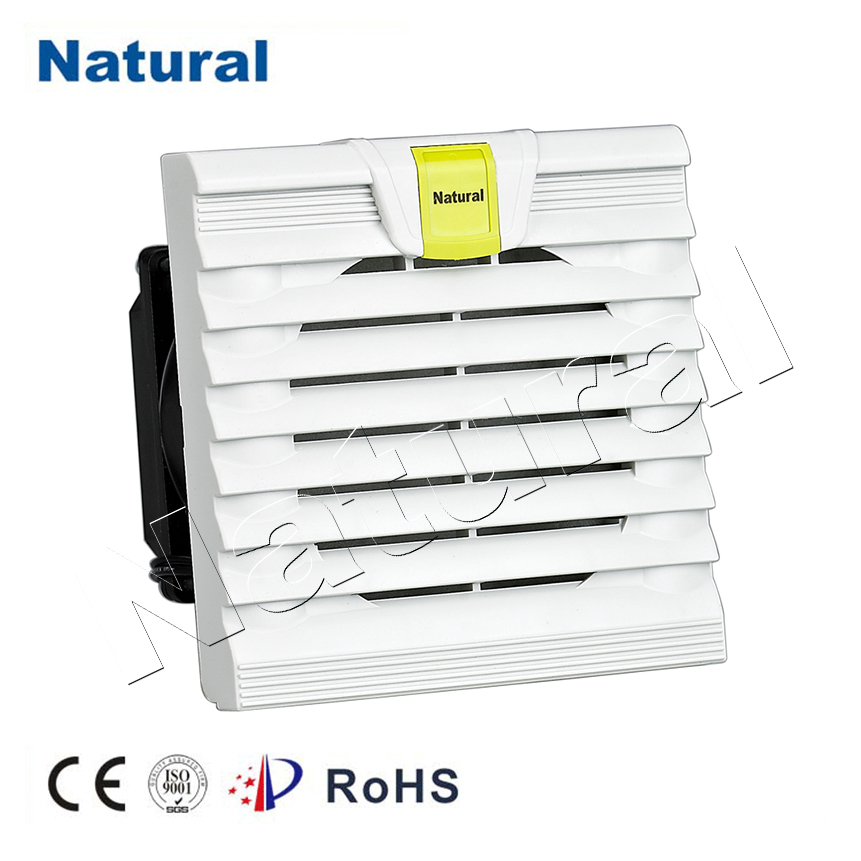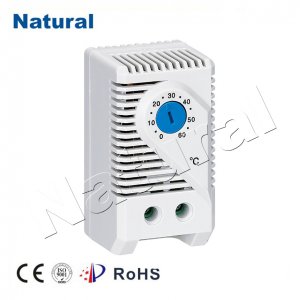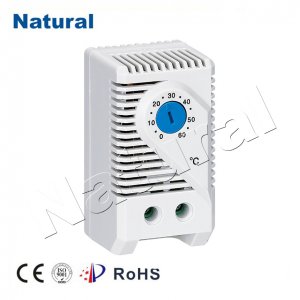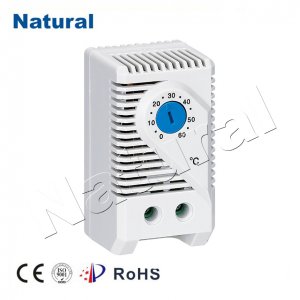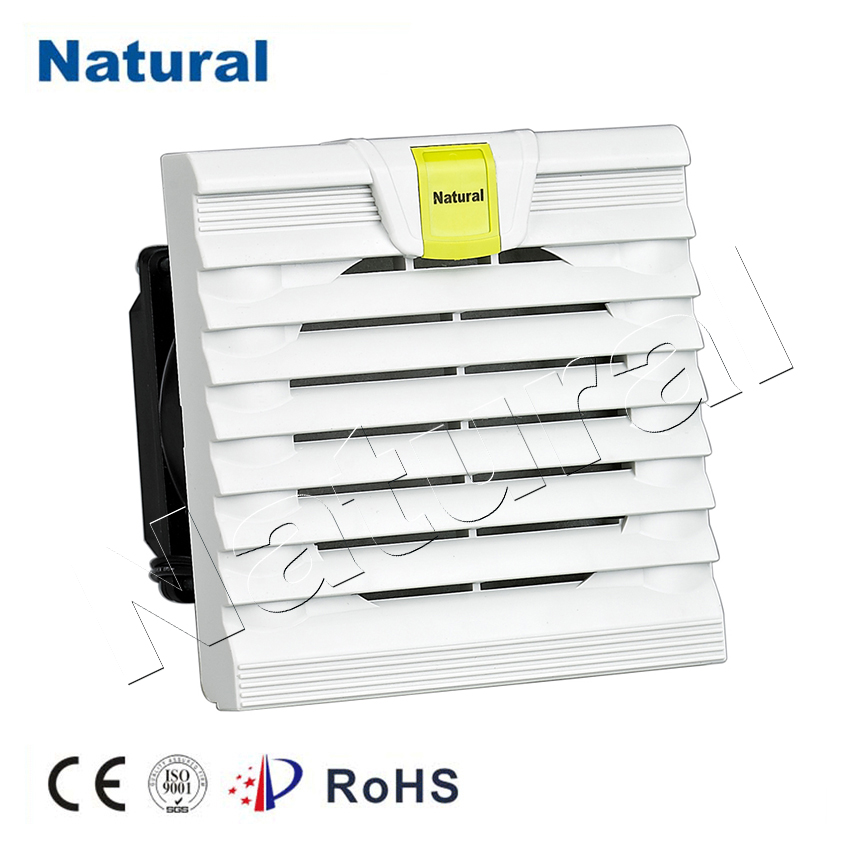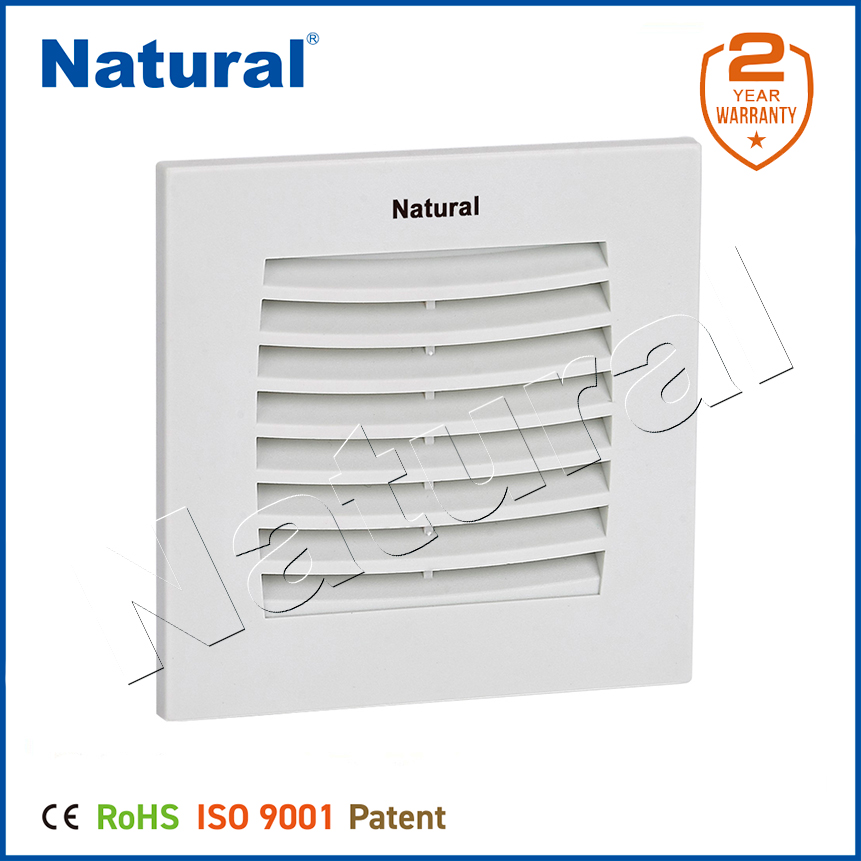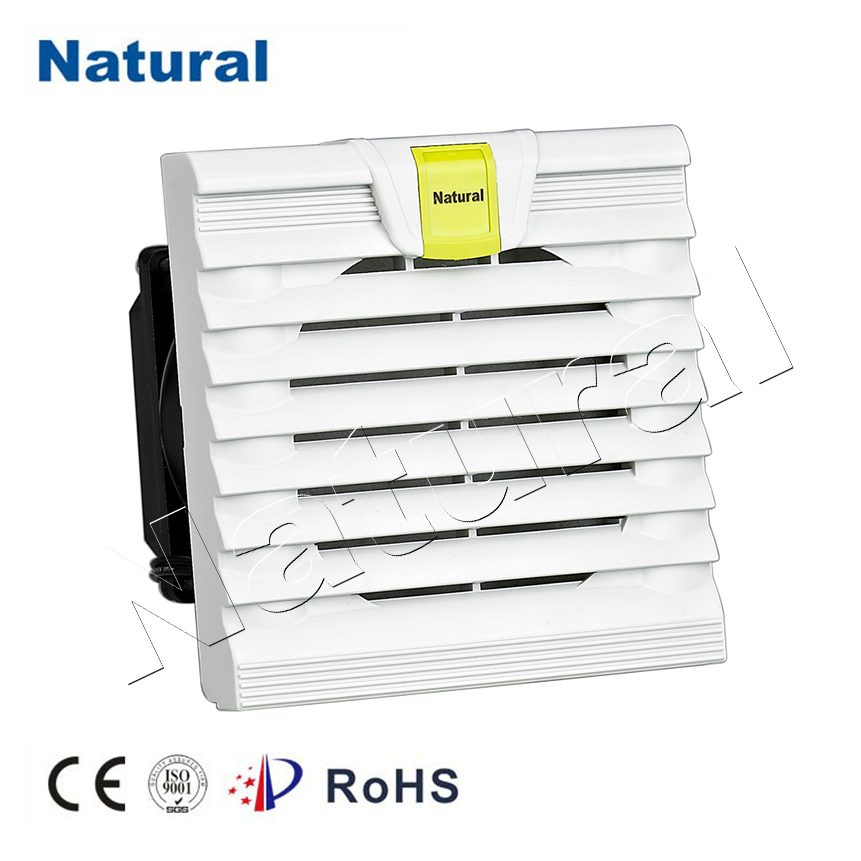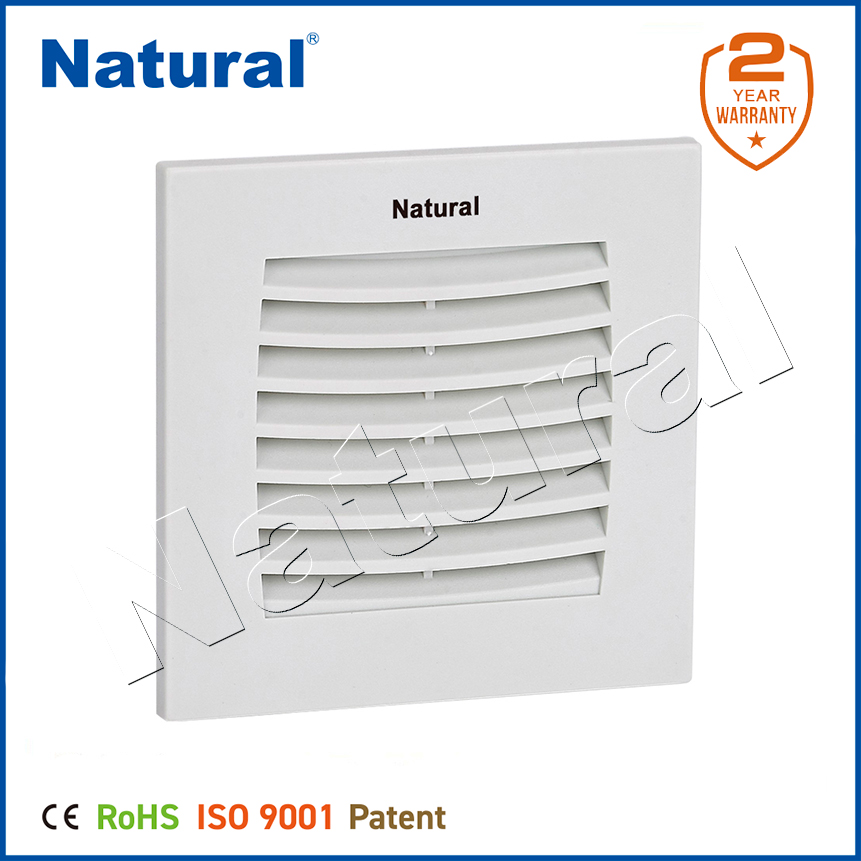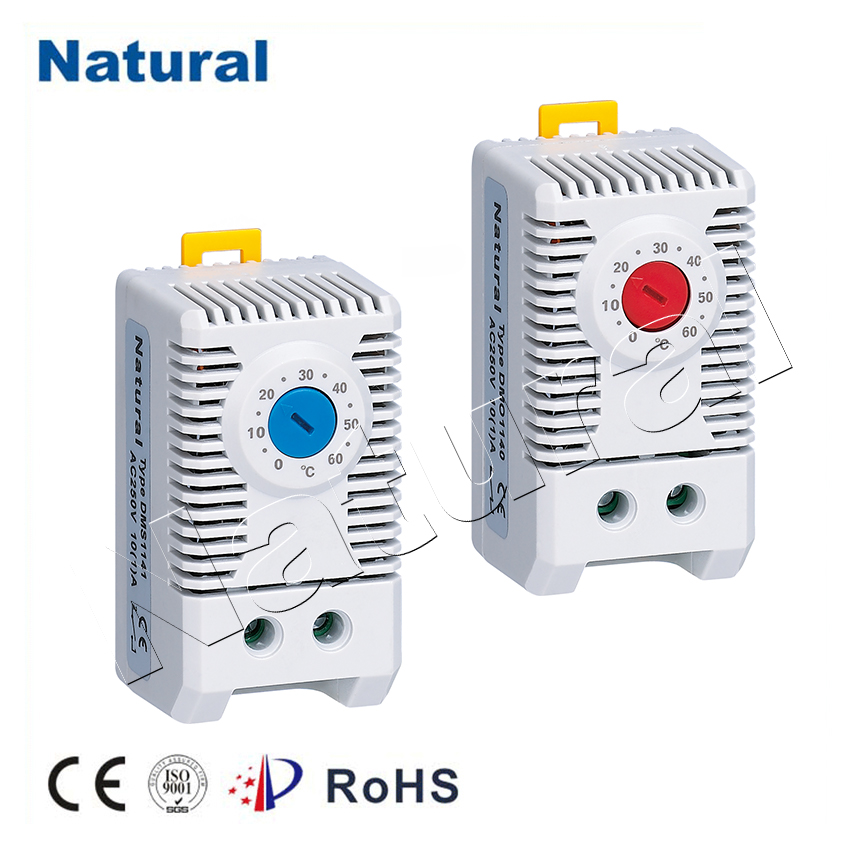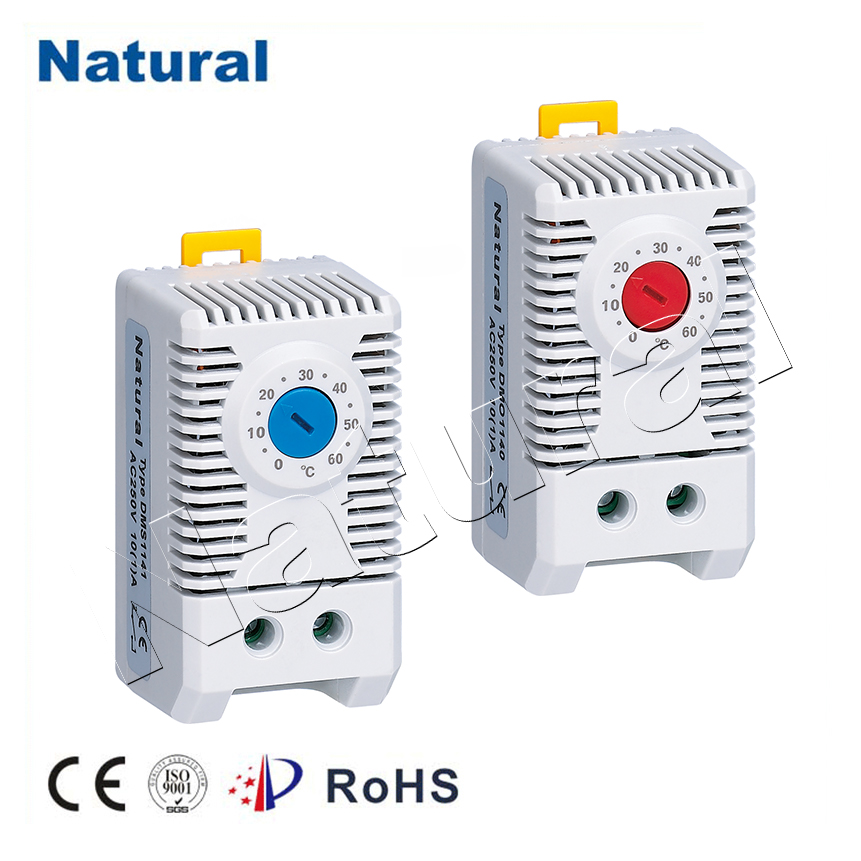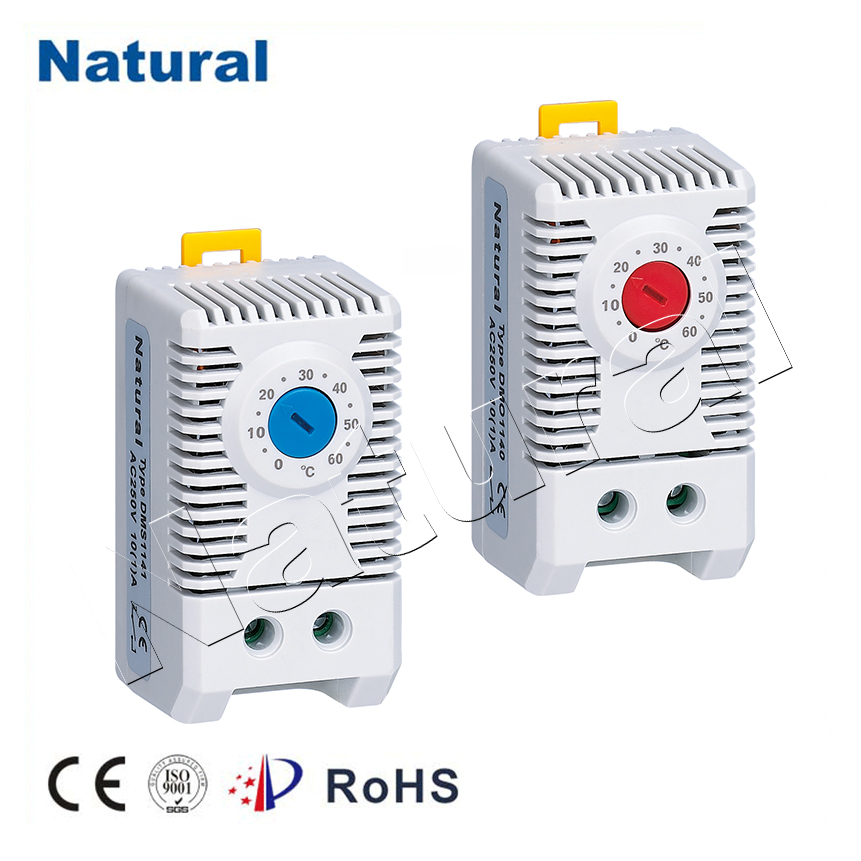A 24V thermostat plays a vital role in regulating the temperature of your home or office. As an integral part of heating, ventilation, and air conditioning (HVAC) systems, it ensures that your environment remains comfortable, no matter the season. In this article, we’ll explore what a 24V thermostat is, how it works, its advantages, and why it is a popular choice for many homes.
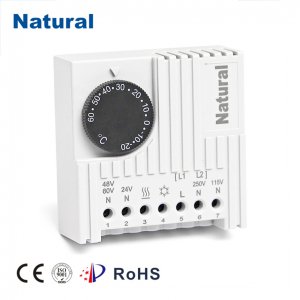
What is a 24V Thermostat?
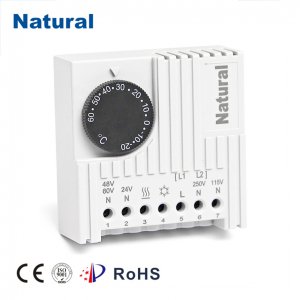
A 24V thermostat is a type of thermostat that operates on a 24-volt electrical system, often used in residential and commercial HVAC systems. The voltage here is low compared to some other models, making it safe for household use. Unlike higher voltage thermostats, which are often used in industrial settings, 24V thermostats are designed to be compatible with the low-voltage systems found in homes. These thermostats communicate with the heating and cooling systems through low-voltage wiring, typically made of two or more wires that control various components such as the furnace, air conditioning, and fans. They are usually connected to a transformer that steps down the electrical current to 24 volts, allowing for easy control of temperature settings without the need for high-power electrical systems.
